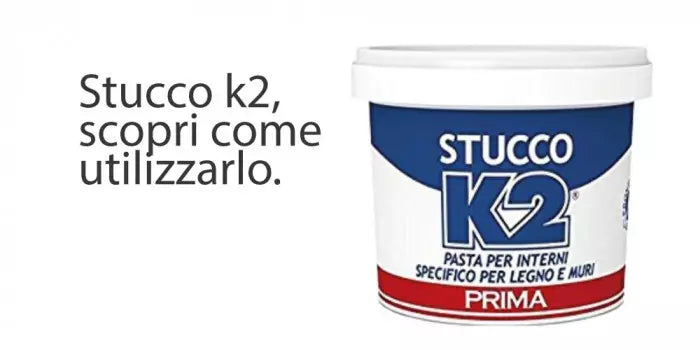Whether you want to renew the color of the walls of your home or that a restoration intervention is necessary after years that inhabited inside the same walls, sooner or later, the time will also come for you to grout the walls. It is an activity that generally relies on professionals in the sector, but which with the right advice is absolutely feasible through do-it-yourself.
Surely it is not an easy undertaking, you need manual skills and experience, but we are sure that if you follow our advice you will be able to obtain excellent results, definitely spending less firm, compared to those you should give to a worker who does it for you.
Obviously, before starting on an important and visible wall of the house we advise you to acquire the right manual skills with a trivial wall, for example, you could try in the garage or in the cellar, so that you do not risk ruining an important wall for The design of your home.
First of all, you will have to get some resistant stucco and a good workmanship which, after the work done, can last for as long as possible. In our shop you can find our K2 stucco, specific for walls and wood, in various formats. Based on the use you have to do, you can choose the 500 gram jar, 1 kilogram or five kilograms.
Now that you have the necessary material, let's start seeing how an internal wall is torn.
Try the internal walls: how to do
As we have already told you in the previous paragraph, the perfect product for this type of work is the stucco, in this way you will get, if you do a good job, an extremely smooth and soft wall to the vision. Our stucco k2 It is in pasta and this makes it perfect for those who approach, as first time, to restore a wall, as it is much easier to apply, than in powder and will help you easily eliminate any cracks.
Materials necessary to grout an internal wall
The stucco is only the most important of the elements you will need to work at best, but certainly not the only one. Below we illustrate what are the other objects you will need:
· To minimize dirt on the floor, you will need a sheet or newspapers to be spread on the ground near the wall that you are working;
· You will need a diffuser suitable for spraying the water with various intensity and methods;
· Spatulas to spread the stucco, at least two will need it;
· Fine grain glass paper to perfect your work with spatulas.
Procedure
Before starting to pass the stucco, put the sheet or newspapers on the ground and use the spatulas to meticulously clean the cracks on the wall or any holes you have done previously, perhaps to hang a picture. This passage is necessary because if the stucco entering the cracks, it finds dust and dirt, it risks not joining well and detaching itself, consequently after a short time.
Once these important preliminary actions have been carried out, take the spatulas start to spread the stucco, wait for it to dry (it may also want a few days, it depends on the humidity that characterizes the surrounding environment) and once it will be dry you can capture it to eliminate any imperfections and make it smooth like silk.
Before leaving you, we want to show you what are the most common errors, so that you can avoid them even during your first attempt:
· As we have already told you, our K2 stucco is in pasta, therefore suitable for covering the slopes of lower size the 3 millimeters, this is because it is a type of stucco that withdraws in a short time, therefore it would not be able to cover effectively a crack greater than 3 millimeters (in this case you could try a powder stucco);
· If you need to cover thicknesses larger than 7 or 8 millimeters, you will have to pass two stucco hands, but before passing the second you will have to wait for the first to be dry;
· Before passing the glass card, make sure the wall is completely dry.



